
PUMPA - SMART LEARNING
எங்கள் ஆசிரியர்களுடன் 1-ஆன்-1 ஆலோசனை நேரத்தைப் பெறுங்கள். டாப்பர் ஆவதற்கு நாங்கள் பயிற்சி அளிப்போம்
Book Free DemoHomeostasis:
As you all know, animals are two types based on the regulation of body temperature.
- Poikilothermic or cold-blooded animals - Animals can not change their internal temperature according to external.
- Homeothermic or warm-blooded animals - Animals can change their internal temperature according to external.
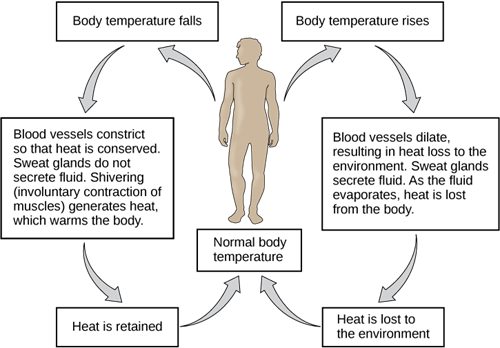
Maintaining the normal body temperature by homeostasis
Mammals can able to maintain their internal temperature according to the external temperature.
This regulation is possible by the function called Homeostasis. We can also define it as the maintenance of the internal body environment or maintaining the steady state of internal metabolic conditions by the living systems.
Homeostasis - The root word for this comes from Greek language (hómoios - similar, stasis - a standing). The theory was first introduced by Claude Bernard, a French physiologist in 1865.
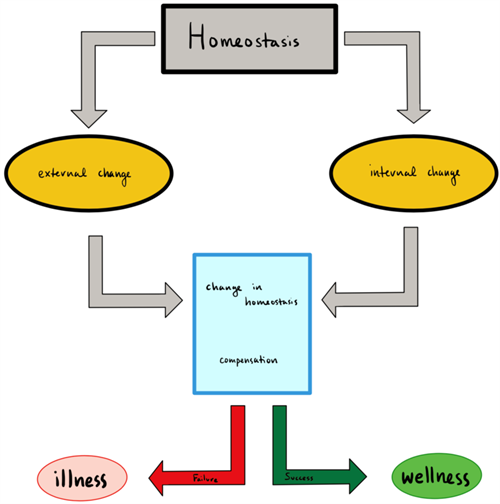
Homeostasis
- Since your body gets dehydrated when you run in the ground, you will need to drink some water.
- The same negative feedback system keeps the blood glucose level in balance.
Example:
Homeostasis also regulating the body temperature, pH regulation, ion concentrations in the cells etc. If homeostasis is successful, life continues. Otherwise, the organism will face a disaster or will enter the death phase.
All the processes of homeostasis is integrating and coordinating by the nervous and endocrine systems. The following organs which also helps homeostasis,
- Kidney
- Liver
- Hypothalamus (nervous system)
- Autonomic nervous system
Diffusion
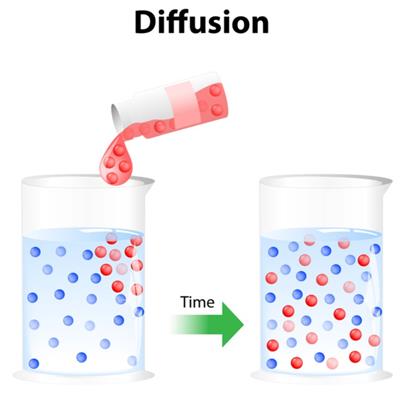
Diffusion is described as the free movement of molecules from a higher concentration to a lower concentration towards a pressure gradient.
Diffusion is to equalize the medium. We will learn about diffusion with the following examples.
Example:
1. We can demonstrate with an example by incense stick. After, lighting the incense stick, the smell starts to spread all over the room and it uses the air as a medium for the transport.

Diffusion of gas
2. When we put a drop of blue ink in the glass of water, immediately the colour becomes blue. How does this happens? This is due to the function called diffusion. Here, water act as a medium of transport for the ink to diffuse.
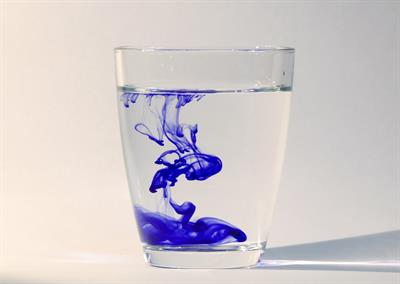
Diffusion of liquid
Important!
Do you know!!!
We already learnt about the gas exchange in alveoli. The gas exchange takes place due to the diffusion of gas molecules. And, also the mixing of juices in digestive system by simple diffusion of liquid molecules.
Osmosis:
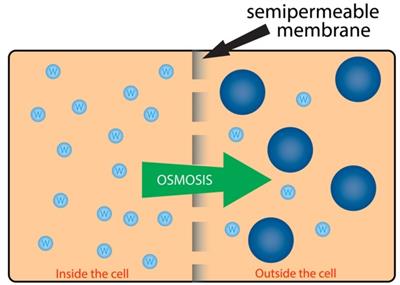
Osmosis
The movement of substances from a dilute solution to a concentrated solution.
The solvent particles move from a dilute solution to a concentrated solution to equalise the concentration of both solutions using the semi-permeable membrane called plasma membrane. This process is called osmosis.
RBCs in three different types of solutions.
- Hypertonic - The concentration of the external environment is greater than the inside the cell, so the cell will looses some substances to equalise the environment. Due to this, the cell will shrink, and the process is known as plasmolysis.
- Isotonic - The cell's external and internal environment is equal, so there will be no movement of particles.
- Hypotonic - The concentration of the internal environment is higher than the external environment. So, the particles moves from outside to inside to equalise them.
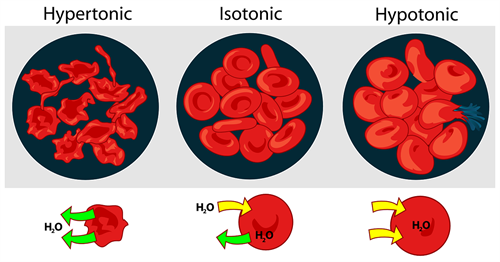
Osmosis in RBC
- In hypertonic solution - Cell will shrink, due to water loss
- In hypotonic solution - Cell will burst out, due to intake of water
- In isotonic solution - Nothing will happen to the cell.
Reference:
https://commons.wikimedia.org/wiki/File:Homeostasis_success_or_failure.png
https://pixabay.com/photos/smoke-blow-incense-sticks-1943398/
https://pixabay.com/photos/ink-water-water-glass-liquid-drip-2427263/
https://commons.wikimedia.org/wiki/File:Osmotic_pressure_on_blood_cells_diagram-ca.svg